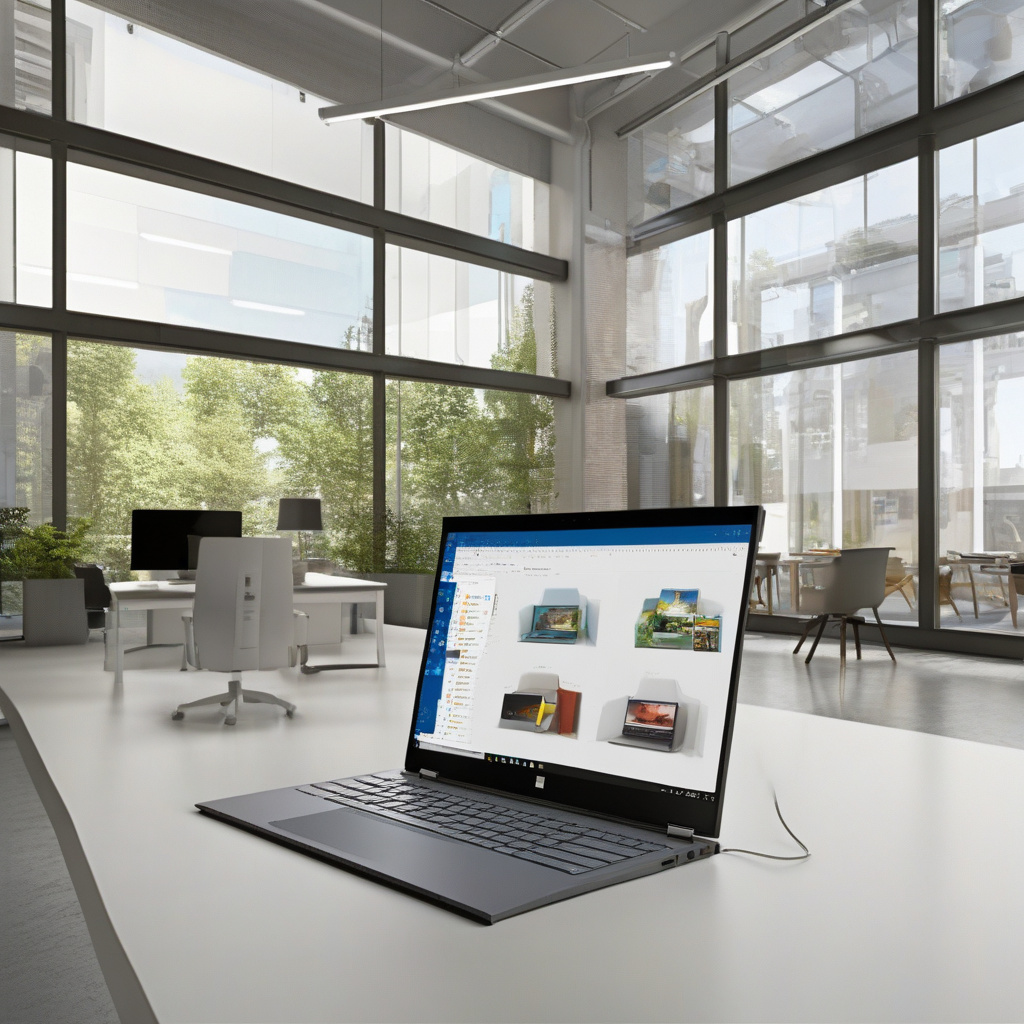Microsoft Unveils Mu: Enhancing Windows Settings with On-Device Language Model
Microsoft is once again at the forefront of innovation, this time introducing Mu, a cutting-edge on-device language model tailored to run on Neural Processing Units (NPUs). This lightweight model is making its debut in the Windows Settings application for Copilot+ PCs. Mu revolutionizes user interactions by enabling the manipulation of system settings through natural language commands, all while minimizing the need for cloud-based computations.
The Rise of On-Device Language Models
In the realm of artificial intelligence and user experience, the concept of on-device language models is gaining momentum. Microsoft’s Mu exemplifies this trend by bringing the power of language processing directly to users’ devices. With on-device models like Mu, users can seamlessly navigate and personalize their system settings without constant reliance on external servers.
At the same time, the utilization of NPUs for running Mu signifies a shift towards efficient and localized processing. By leveraging the capabilities of Neural Processing Units, Microsoft enhances the speed and responsiveness of language-based interactions within the Windows Settings application.
Enhancing User Experience with Natural Language
Imagine effortlessly adjusting your device settings by simply conversing with it. This is the future that Mu, Microsoft’s latest innovation, promises to deliver. By integrating natural language commands into Windows Settings, Mu simplifies the user experience and empowers users to interact with their devices in a more intuitive manner.
For instance, instead of navigating through a maze of menus and options, users can now directly instruct their devices using everyday language. Commands like “Increase screen brightness” or “Activate battery saver mode” can now be executed swiftly and effortlessly, thanks to Mu’s on-device language processing capabilities.
Embracing Privacy and Efficiency
One of the key advantages of on-device language models like Mu is the enhanced privacy they offer. By processing language commands locally on NPUs, Microsoft ensures that sensitive user data stays within the confines of the device, reducing the reliance on cloud-based processing and minimizing potential privacy concerns.
Furthermore, the efficiency gains achieved through on-device processing translate into faster response times and a smoother user experience. With Mu running on NPUs, Windows Settings on Copilot+ PCs can deliver a seamless and responsive interface for users, enhancing productivity and overall satisfaction.
Looking Ahead: The Future of On-Device AI
Microsoft’s introduction of Mu marks a significant milestone in the evolution of on-device AI capabilities. As technology continues to advance, we can expect to see more applications harnessing the power of on-device language models to enrich user interactions and streamline processes. The shift towards localized processing on NPUs paves the way for a more efficient, secure, and user-centric computing experience.
In conclusion, Microsoft’s Mu represents a leap forward in on-device language processing, offering users a more natural and intuitive way to interact with their devices. By combining the power of NPUs with a lightweight language model, Microsoft is setting a new standard for efficiency, privacy, and user experience in the realm of system settings management. As the technology landscape evolves, on-device AI innovations like Mu are poised to reshape the way we engage with our devices, ushering in a new era of personalized and efficient computing.

